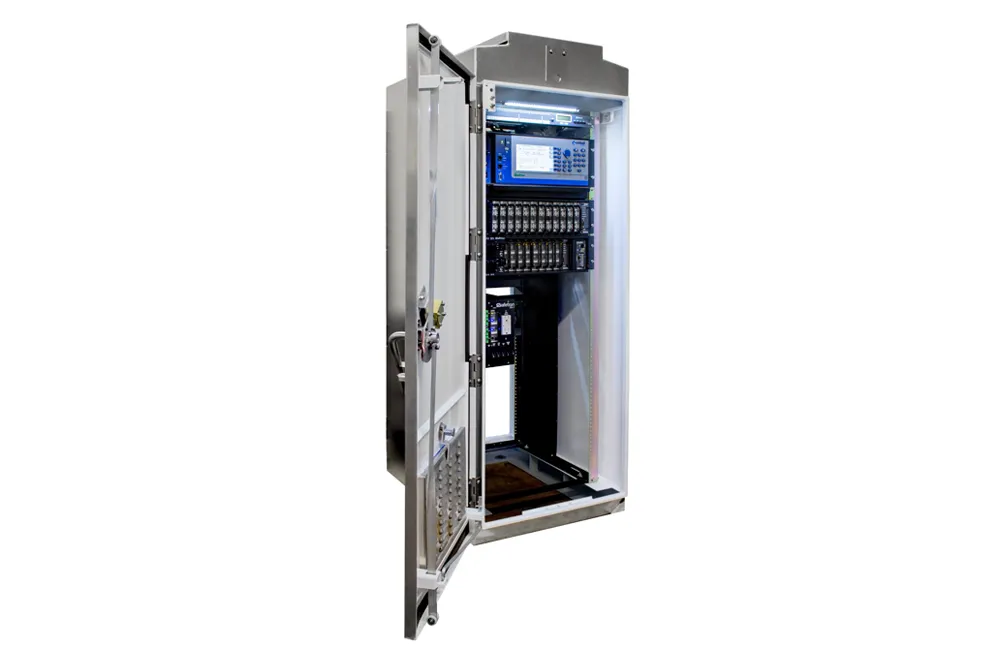According to the latest research from ABI, although the penetration of telematics in the construction equipment industry on the whole remains low, operators are gradually beginning to realise the benefits as more and more OEMs include telematics solutions as standard in their vehicles.
Most operators cite the tracking capability of their telematics systems as providing the most immediate initial benefit to their businesses, as it helps to reduce vehicle theft and misuse, thus reducing insurance premiums.
January 30, 2014
Read time: 2 mins
According to the latest research from ABI, although the penetration of telematics in the construction equipment industry on the whole remains low, operators are gradually beginning to realise the benefits as more and more OEMs include telematics solutions as standard in their vehicles.
Most operators cite the tracking capability of their telematics systems as providing the most immediate initial benefit to their businesses, as it helps to reduce vehicle theft and misuse, thus reducing insurance premiums. But telematics can also promote better machine utilization, reduction in fuel consumption, and enable more efficient maintenance and repair schedules. Additionally, it can help fleet operators with safety compliance by enabling them to control site access and observe noise limit requirements through the use of the “geo-fence” and “time-fence” features of their telematics systems.
Most construction fleets are mixed fleets comprising vehicles from different OEMs and often include on-road vehicles in addition to off-road vehicles. Although many OEMs have implemented telematics solutions in their machines and vehicles, all these systems are different and mostly incompatible with each other. As a result, standardisation continues to be a key problem holding back the adoption of telematics in the construction equipment sector.
Most operators cite the tracking capability of their telematics systems as providing the most immediate initial benefit to their businesses, as it helps to reduce vehicle theft and misuse, thus reducing insurance premiums. But telematics can also promote better machine utilization, reduction in fuel consumption, and enable more efficient maintenance and repair schedules. Additionally, it can help fleet operators with safety compliance by enabling them to control site access and observe noise limit requirements through the use of the “geo-fence” and “time-fence” features of their telematics systems.
Most construction fleets are mixed fleets comprising vehicles from different OEMs and often include on-road vehicles in addition to off-road vehicles. Although many OEMs have implemented telematics solutions in their machines and vehicles, all these systems are different and mostly incompatible with each other. As a result, standardisation continues to be a key problem holding back the adoption of telematics in the construction equipment sector.










